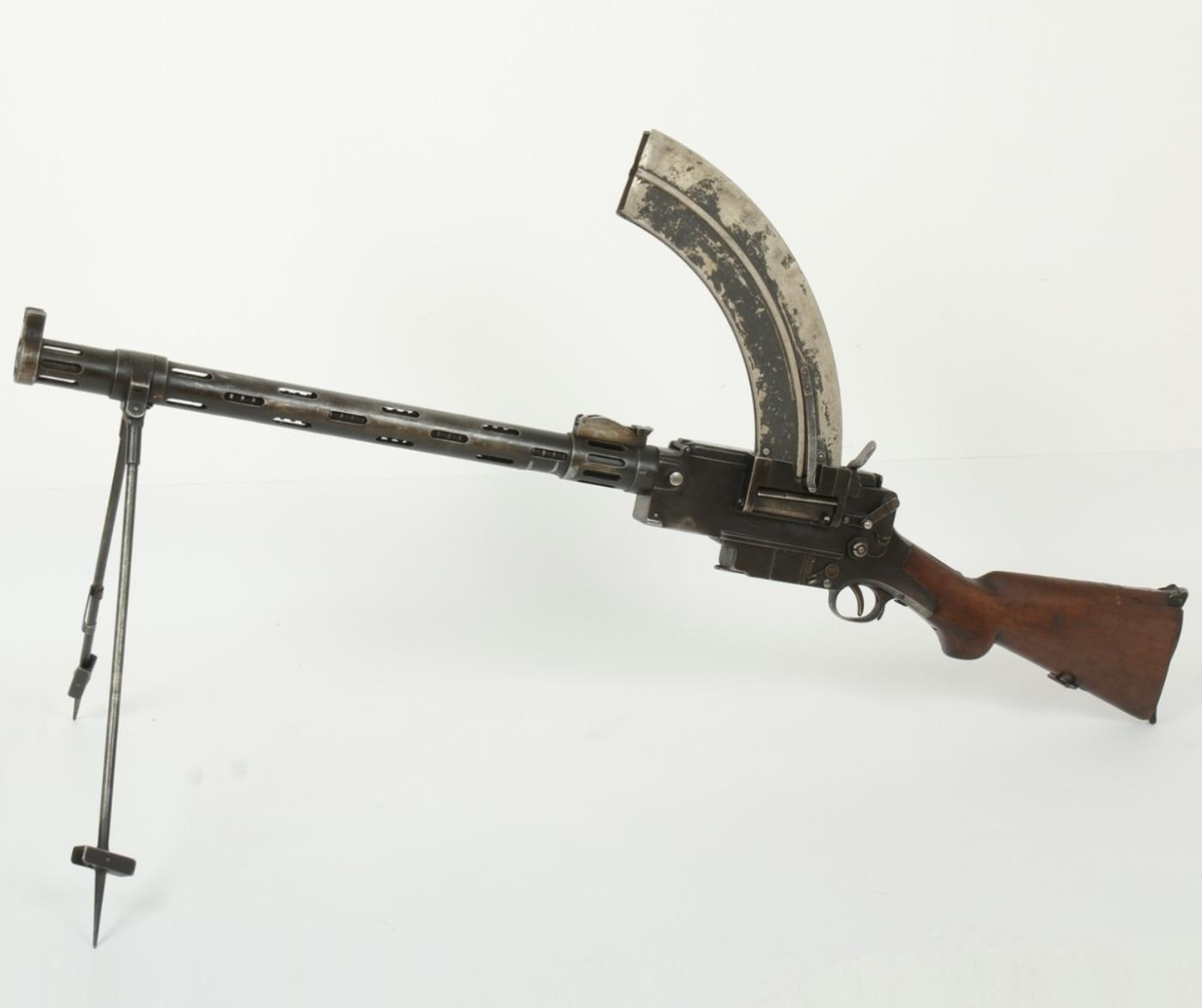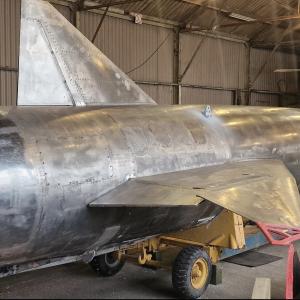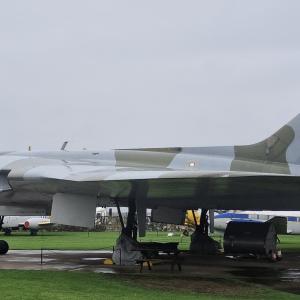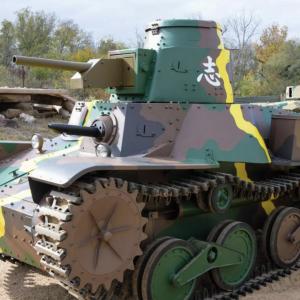
Madsen machine gun
The Madsen machine gun holds a unique place in military history as one of the first light machine guns to see widespread service. Originally developed in Denmark in the early 20th century, the Madsen was adopted by numerous nations across the globe due to its innovative design, portability, and reliability. Among its early users was the Russian Empire, which deployed the weapon extensively during World War I. This decision reflected both the gun's technical merits and the country's urgent need for automatic firearms as the war escalated.
Designed by Danish engineer V.H.O. Madsen and further refined by the Danish company Dansk Rekylriffel Syndikat, the gun was introduced in 1902. It featured a distinctive top-mounted box magazine and a unique recoil-operated mechanism, making it one of the earliest true light machine guns. The model exported to the Empire was chambered in 7.62×54mmR, the standard infantry cartridge shared with the Mosin-Nagant rifle.
Initial purchases occurred before the outbreak of war, primarily to equip cavalry units. With a relatively light weight of about 9 kilograms and manageable recoil, the Madsen was well suited for mounted and mobile operations. As the war dragged on and the need for automatic weapons grew more urgent, this light machine gun helped fill a significant gap while domestic production of other designs struggled to meet demand.
The weapon saw action across various units, from mobile horse-mounted troops to foot soldiers on the Eastern Front. Unlike heavier machine guns such as the Maxim, which required fixed positions and multiple crew members, the Madsen was prized for its portability and versatility. This made it especially valuable in more fluid battlefield conditions, where repositioning and rapid response were key.
Cavalry formations valued the Madsen for its ease of use in the field. It could be mounted on bipods or carried on horseback, ready for rapid deployment. In the infantry role, it was generally operated by a two-man team—one firing and the other assisting with reloading and spotting targets. The top-mounted magazine design allowed for firing from a prone position, and the recoil mechanism contributed to smooth operation even in the cold and muddy conditions of the front lines.
Despite these advantages, the gun had several limitations. The top-fed magazine blocked some of the operator’s line of sight and held only 25 to 40 rounds, depending on the model. Reloading took longer than belt-fed systems, reducing its effectiveness in prolonged engagements. The recoil-based operating system was also more mechanically complex than later gas-driven designs, making maintenance more challenging—especially in the harsh conditions of wartime.
Because the Madsen was manufactured abroad, the Empire depended on overseas shipments to maintain its supply. The guns were imported primarily from Denmark, with some deliveries continuing after hostilities began. However, increasing global demand for arms and wartime shipping disruptions made consistent resupply difficult. As a result, the military also turned to other sources, including domestically produced Maxims and captured enemy weapons, to bolster its automatic firepower.
Even with supply challenges, the Madsen remained in service throughout the Great War and into the Russian Civil War that followed. Both Red and White forces employed the gun, a testament to its practicality and reliability. Though newer and more efficient designs eventually replaced it, the Madsen played a key transitional role during a critical period in military evolution.
The use of the Madsen machine gun by the Russian Empire during World War I highlights a significant moment in the development of modern warfare. Lightweight, mobile, and dependable, it provided much-needed automatic firepower at a time when traditional infantry tactics were rapidly becoming obsolete. Though its fame was later eclipsed by more advanced models, the Madsen's contribution to early 20th-century combat remains noteworthy.










